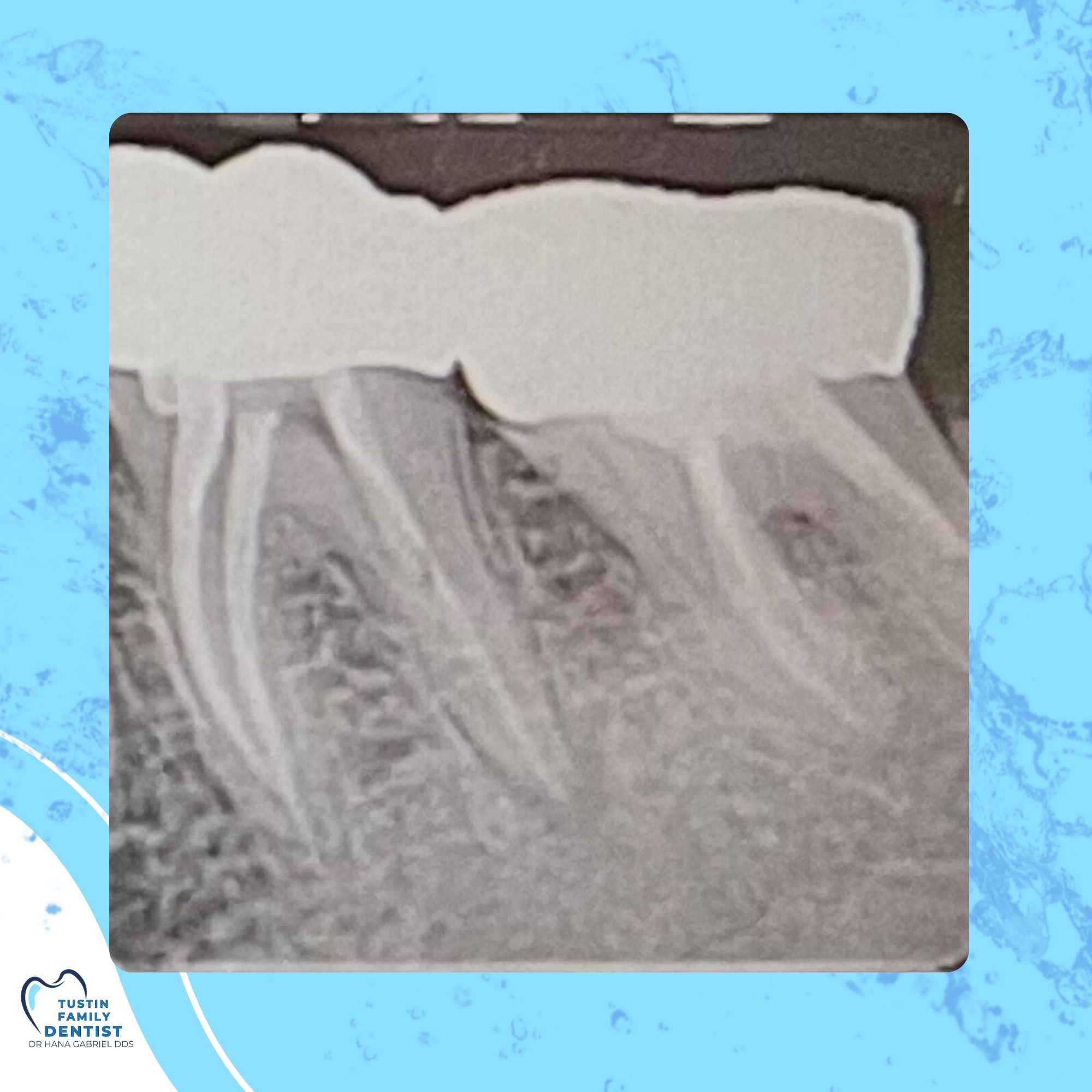
Root canals have a reputation for being uncomfortable, but modern techniques make the procedure no more stressful than receiving a filling.
Our dental clinic focuses on relieving pain quickly while preserving the structure and appearance of your natural tooth.
Signs you may need a root canal
- Severe toothache or lingering sensitivity to hot and cold.
- Swelling or tenderness in the gums near a specific tooth.
- Darkening or discoloration of a tooth.
- A pimple-like bump on the gums that drains fluid.
What happens during treatment
After numbing the area, we gently remove infected pulp tissue, disinfect the canal, and fill it with a biocompatible material. A crown or filling seals the tooth to restore its strength.
Recovery tips
- Take recommended medications to ease post-treatment soreness.
- Avoid chewing on the treated tooth until your permanent restoration is placed.
- Continue excellent oral hygiene habits to support healing.
- Contact our team if discomfort persists longer than a few days.
We coordinate any needed crowns or follow-up visits so your tooth remains protected for years to come.
Our bilingual team explains each step so you feel calm and informed throughout treatment.